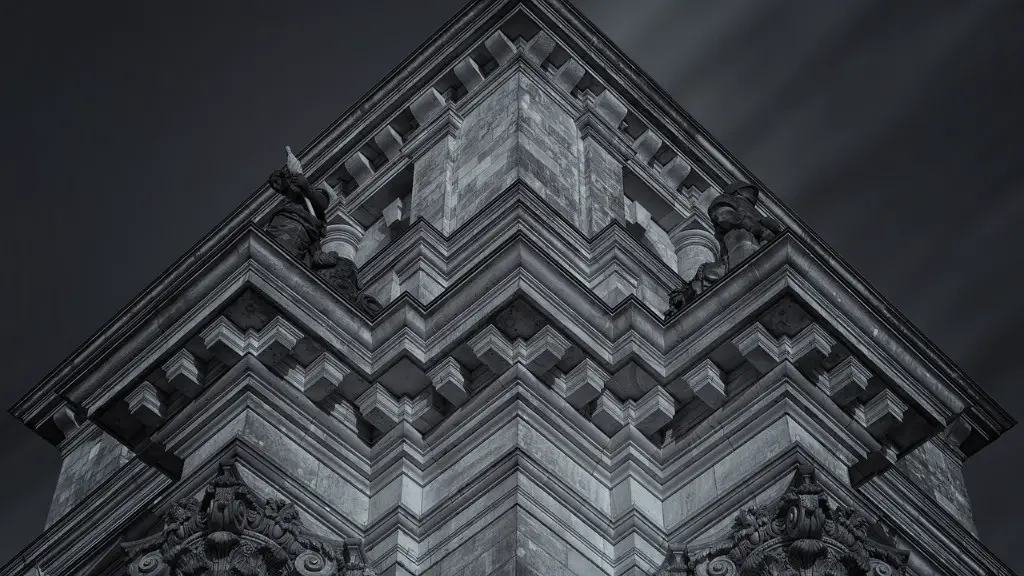What is Web Server Architecture?
Web server architecture is an essential element of web design, as it governs how web servers process requests and deliver content. web server architecture comprises two components: the hardware and the software. On one side, the hardware is the physical server that holds the resources required to process web requests, such as computers and routers. On the other side, the software is responsible for interpreting requests and delivering the appropriate content to a visitor’s browser.
Web server architecture has evolved over the years to keep up with the ever-changing demands of the digital landscape. As such, different industry experts have offered insights into the various aspects of web server architecture, as well as the importance of hardware and software components.
Hardware Requirements
Server hardware is the foundation of any reliable web server architecture. As web technology has advanced, the requirements associated with hardware have also increased. At its core, the server hardware should include a powerful processor, ample RAM, and a large storage drive. The processor should be capable of handling large volumes of data, while the RAM should be expansive enough to handle multiple concurrent requests. Finally, the storage drive should be able to store sufficient volumes of data.
Apart from the basic requirements, web server architecture may also necessitate additional hardware components. These may include specialized hardware for streaming audio, video, and graphics. Other components may include RAID controllers, SSD cards, and even specialized graphics cards, depending on the complexity of the web server architecture.
Software Components
The software elements underpin any web server architecture. As digital technology has grown, so too have the software requirements. At the most basic level, a web server architecture should have a web server, such as Apache, Nginx, or Microsoft IIS. Furthermore, it should run scripts for dynamic web pages, such as PHP or ASP.NET.
In addition, the software should incorporate a database, such as MySQL or MSSQL, to process requests and store visitor data. For complex web server architectures, web developers may also choose to incorporate additional software components, such as FTP servers and content management systems such as WordPress or Drupal.
Security Aspects
When setting up a web server architecture, security should be the primary focus. As such, the server should be equipped with multiple security layers and specialized intrusion detection software, such as mod_security or Snort. Furthermore, the server should include a robust firewall to prevent malicious actors from accessing the system.
Finally, web servers should implement an encryption protocol, such as TLS, to protect and secure user data, as well as utilize secure web protocols such as HTTPS. In general, the more complex the web server architecture, the more intricate the security measures should be.
Redundancy Considerations
The reliability of a web server architecture is paramount. To ensure uptime and redundancy, the server should include multiple layers of redundancy. This may include the replication of critical hardware and software components to ensure that the server remains online in the event of a failure. Furthermore, data should be backed up regularly to prevent data loss in the event of a disaster.
Load Balancers & Proxies
For complex web server architectures, web developers may choose to incorporate load balancers to ensure that the server remains responsive when under heavy load. Load balancers are responsible for distributing data requests across multiple resources and ensuring that the server remains responsive under pressure.
Additionally, web server architecture should also incorporate proxies. Proxies provide an additional layer of security and allow web developers to control the types of requests that are allowed onto their server. By implementing this feature, web developers can protect their web server from unauthorized access and malicious actors.
Content Delivery Networks (CDN)
When it comes to serving heavy media content such as videos, a content delivery network (CDN) should be incorporated into the web server architecture. The main benefit of utilizing a CDN is that it reduces the amount of traffic that reaches the server and ensures that media files are served reliably and quickly to visitors, regardless of their location.
A CDN is composed of multiple servers located around the world, allowing visitors to access media quickly, regardless of their proximity to the main web server. By incorporating a CDN into a web server architecture, web developers can deliver media content faster and enhance the overall experience of visitors.
Cloud & Virtualization Considerations
Cloud and virtualization technologies can be a great addition to web server architecture. By utilizing a cloud platform, web developers can easily deploy numerous resources over the Internet without having to invest in additional hardware. Moreover, virtualization allows multiple server resources to be consolidated onto fewer physical machines.
Utilizing these advanced technologies enables web developers to ensure the scalability and availability of their web server architecture, as well as the data that it holds. Furthermore, cloud and virtualization technologies can also reduce the cost associated with web server architecture.
Optimization Strategies
As the complexity of web server architecture increases, so too should the optimization strategies. By utilizing techniques such as caching and minifying, web developers can greatly improve the performance of their web server. Caching allows web servers to save frequently accessed resources and serve them significantly faster, while minifying reduces the size of code and script files, allowing the web server to deliver content more quickly.
Furthermore, web developers should monitor the performance of their web server architecture regularly and make adjustments accordingly. Compressing files, utilizing content delivery networks, and setting up gzip compression can also help reduce latency, increase connectivity, and improve overall performance.
Monitoring & Maintenance Processes
The importance of monitoring and maintenance processes cannot be underestimated when it comes to web server architecture. Setting up a system that monitors the performance of the server and alerts the webmaster in the event of a problem is essential for high uptime. Additionally, web server architecture should be routinely backed up and maintained to ensure peak performance.
Finally, web developers should establish a proactive maintenance regime for hardware and software components. This regime may include regularly updating software, optimizing the server for performance, and addressing any security vulnerabilities. By establishing a thorough maintenance routine, web developers can ensure that their web server architecture is well-equipped to handle any situation that may arise.


